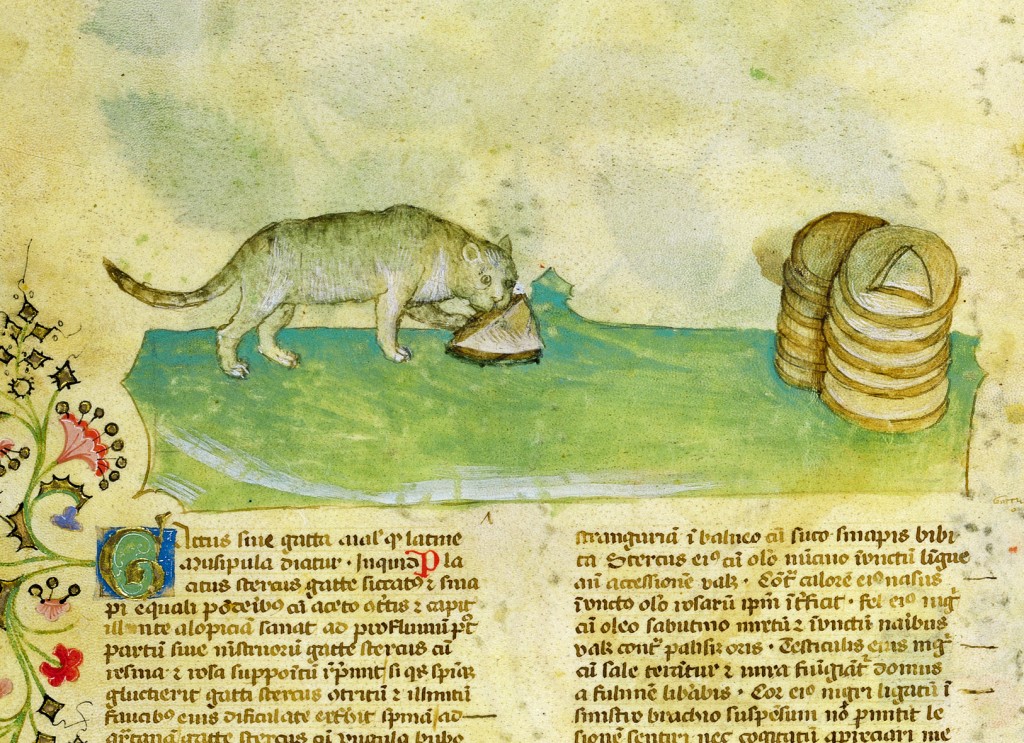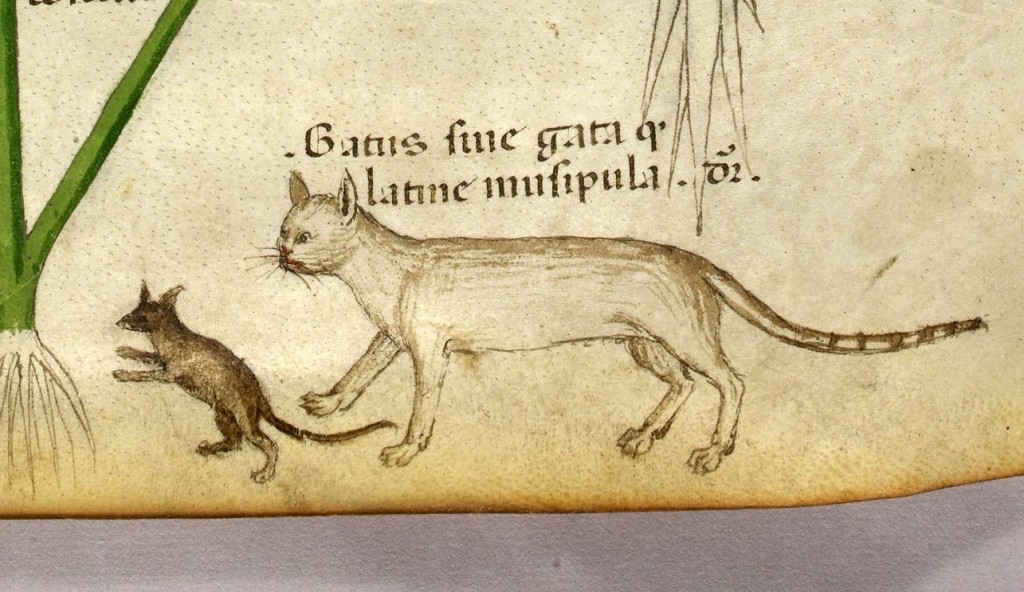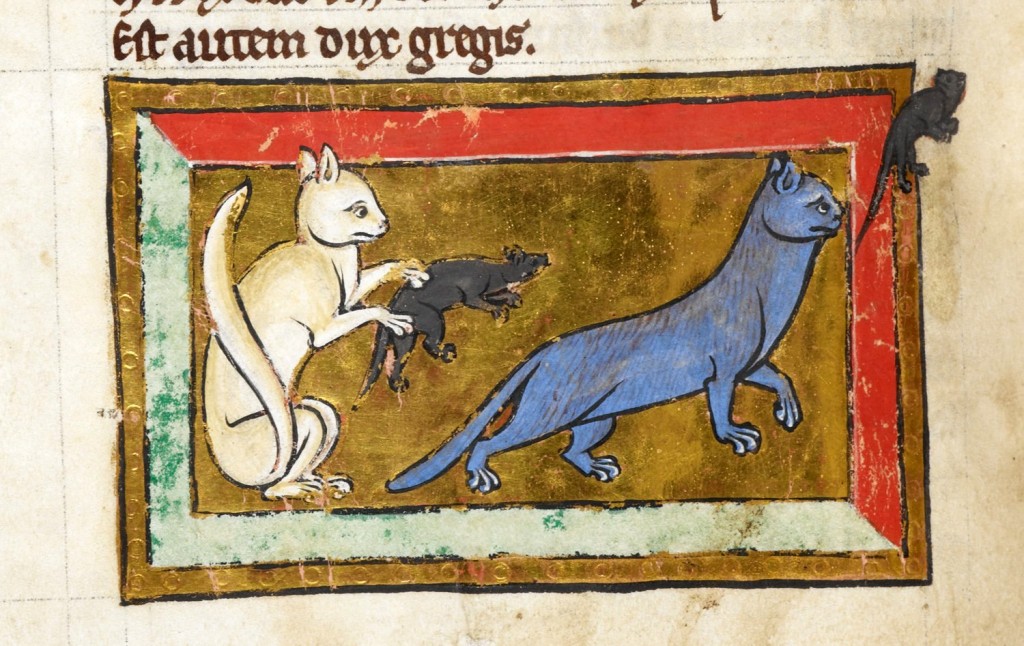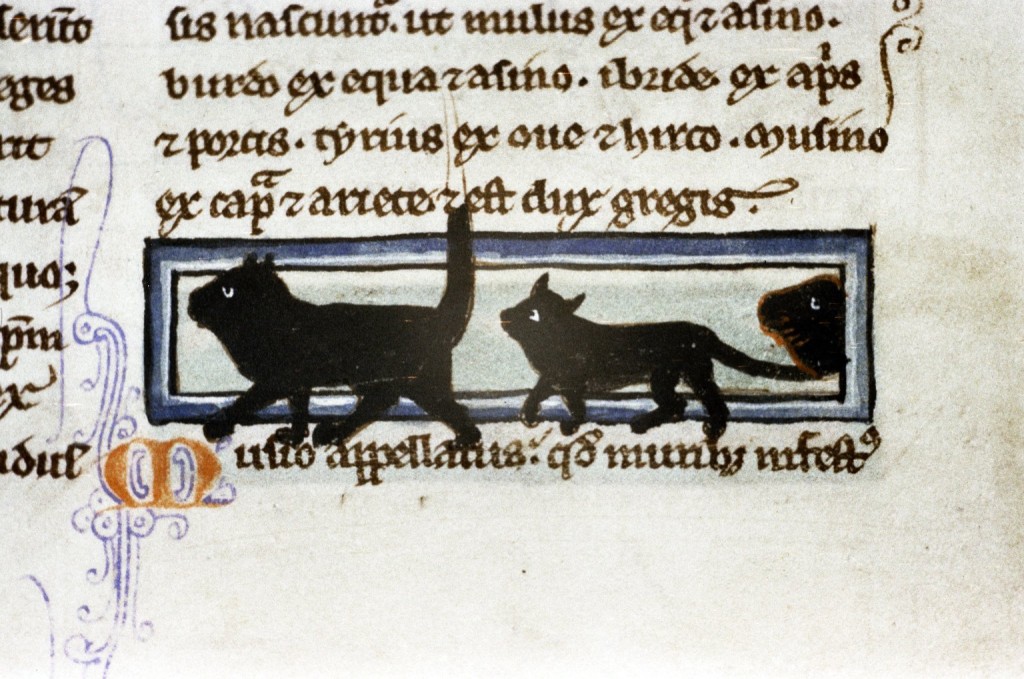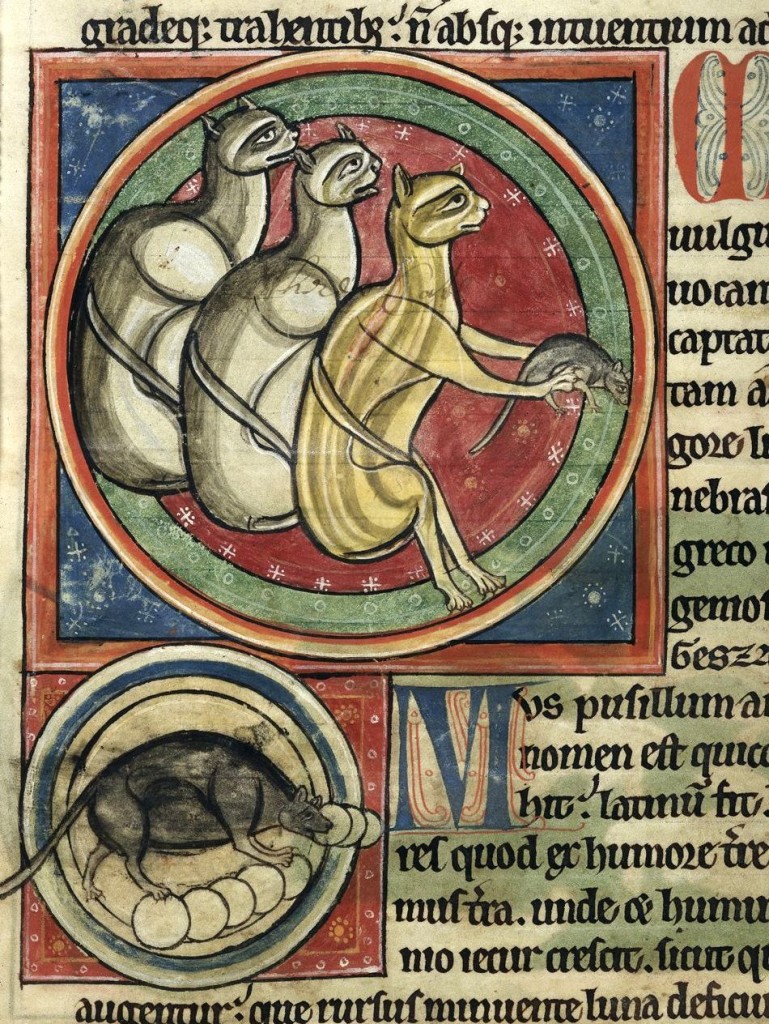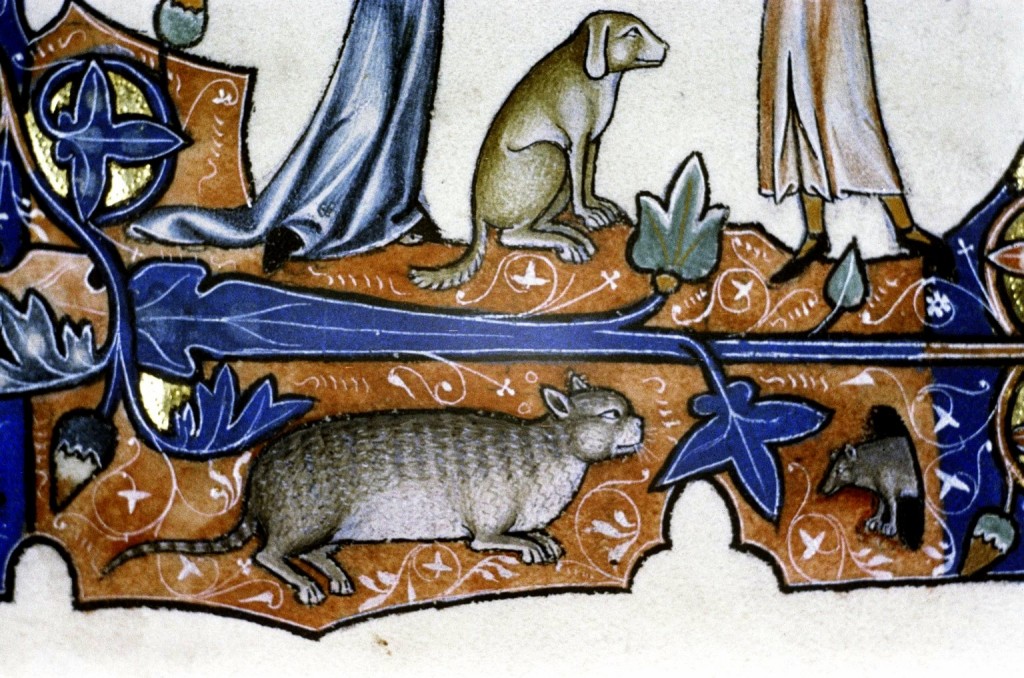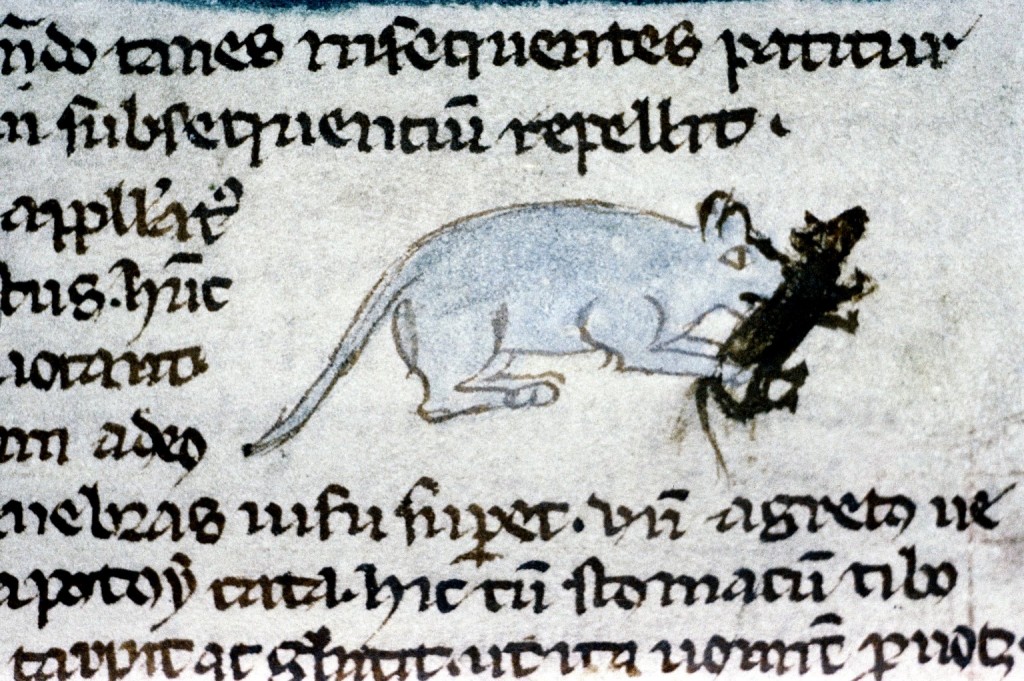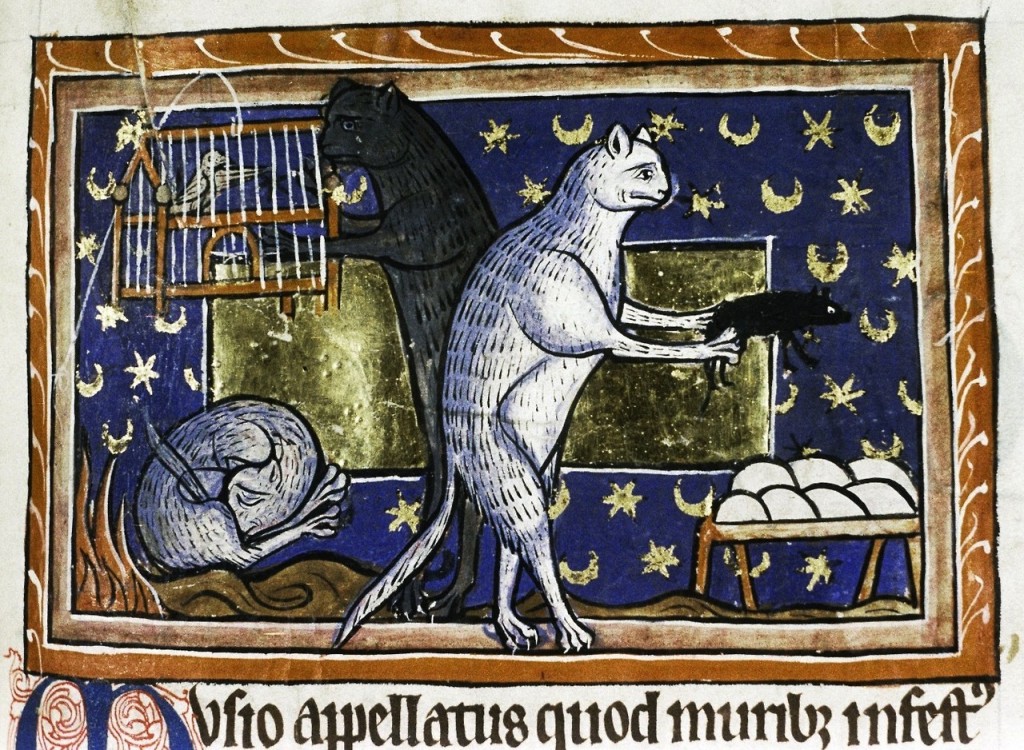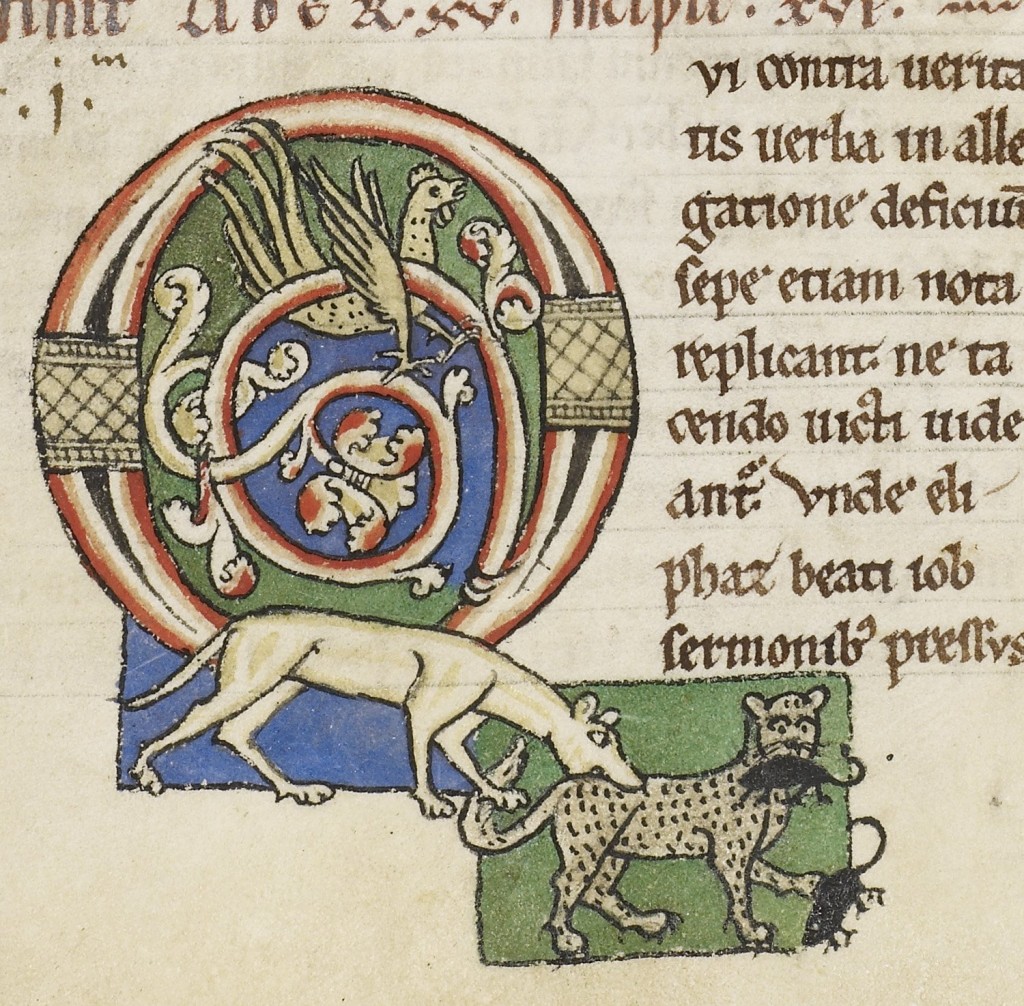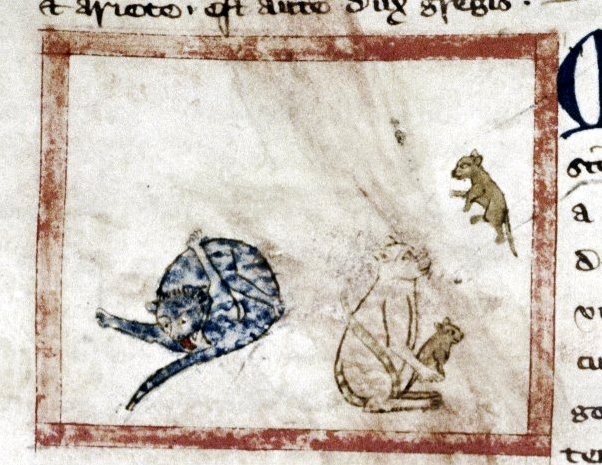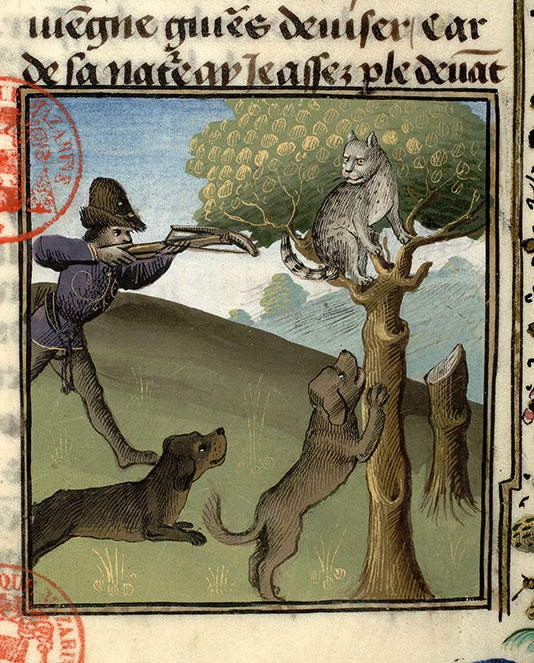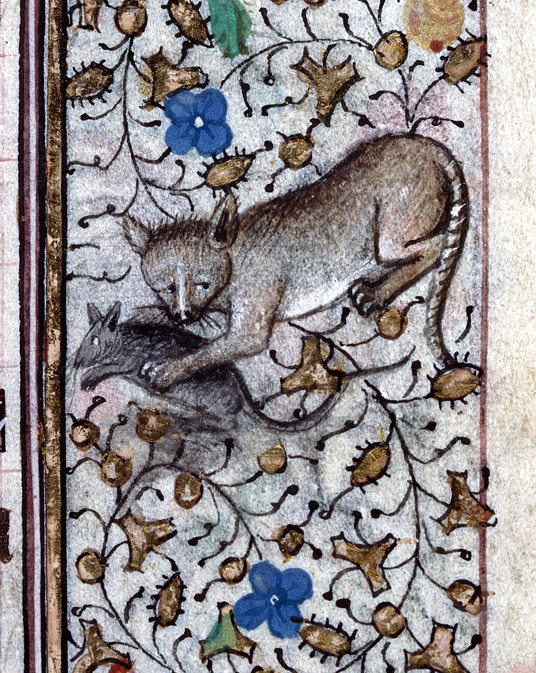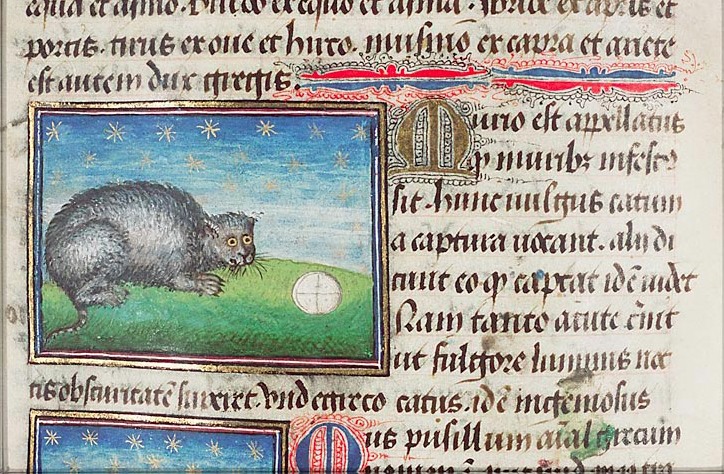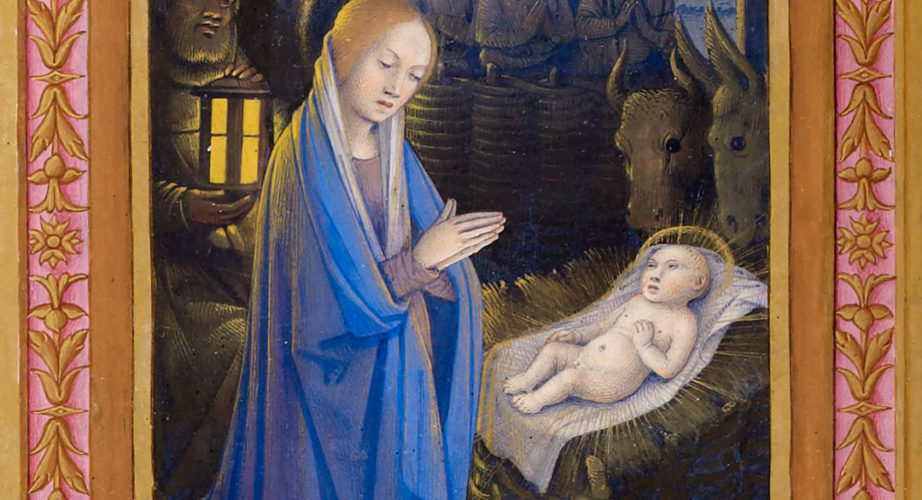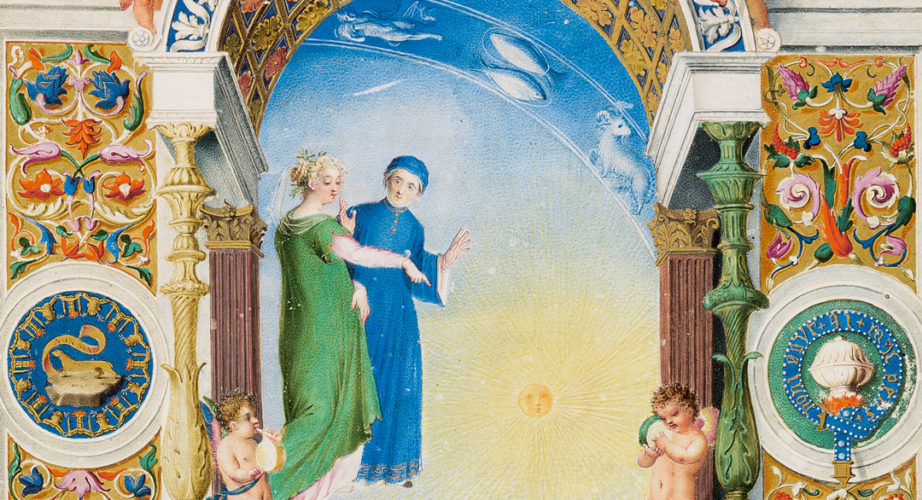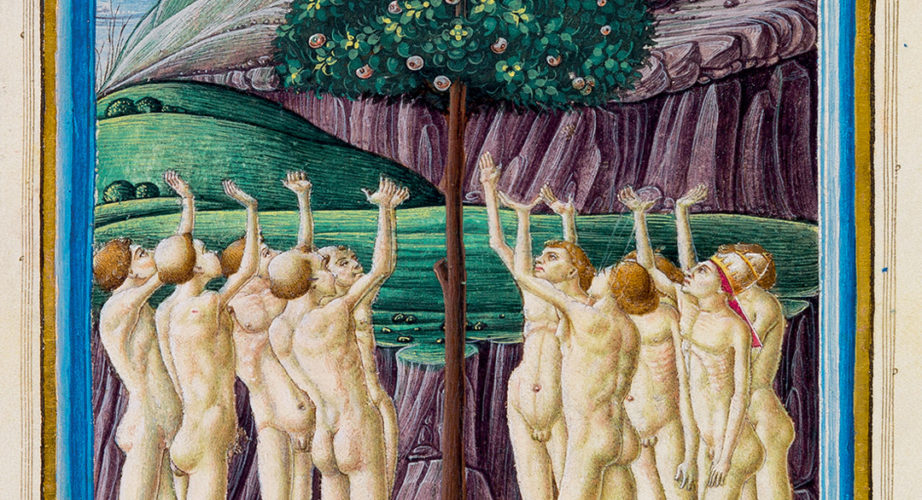Cats in the Middle Ages: why did people hate them so much?
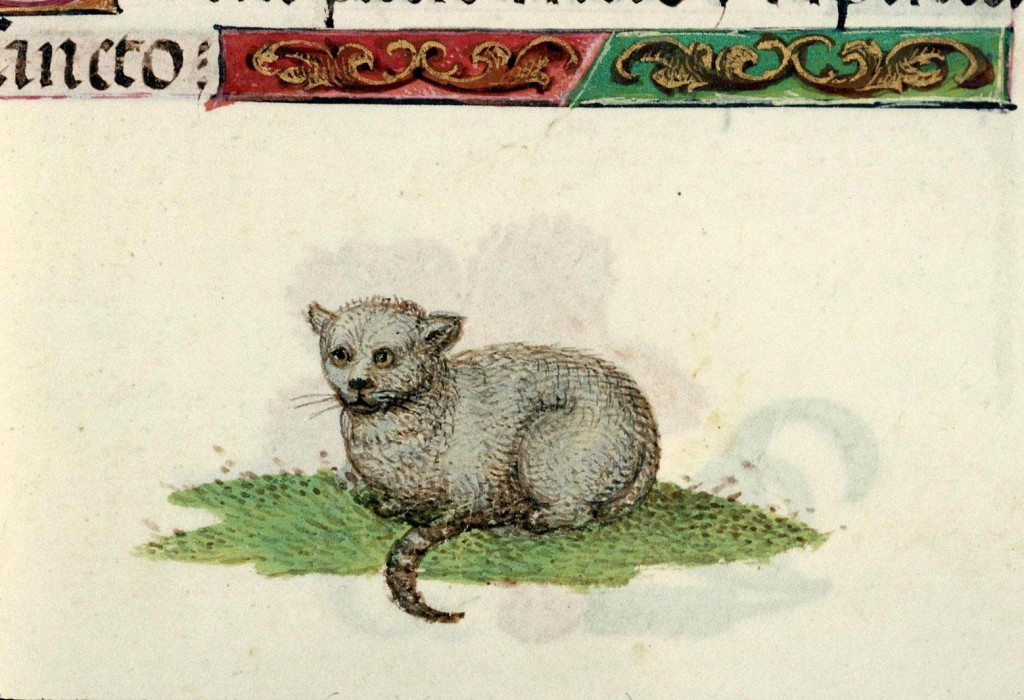
In the Middle Ages, the kittens we pet and love today were either considered mere tools for catching mice or they were even hated. Whether they were seen as manifestations of the devil, transmuted witches or “heretical” animals, for many centuries felines have not enjoyed a good reputation. Why were they so despised? And why, on the contrary, did the Islamic world prefer them to dogs? The Historian Irina Metzler delved into this (negative) vision of the feline world in her article “Heretical Cats: Animal Symbolism in Religious Discourse”.
Cats have always played an important role in the Middle Ages, since they were used to eliminate one of the most widespread threats to food conservation and health: rats. The alternative name used to identify the animal, “musipula” (which we talked about here) gives an idea of how significant this role was at the time. Yet, some medieval authors tended to see negatively this cat activity par excellence, comparing the way cats catch rats with how the devil takes possession of souls. For example, William Caxton, the very first English printer, who lived in the 15th century, wrote: “The devil often plays with the sinner as the cat does with the mouse”.
By the 12th century, this cat-devil association became even more rooted in the collective imagination. Around 1180, Walter Map explained that during satanic rituals “the devil descends like a black cat before his devotees. The worshippers put out the light and draw near to the place where they saw their master. They feel after him and when they have found him they kiss him under the tail”. A reference to the wicked veneration of felines can also be found in the court records. In fact, among the accusations made against some heretical religious groups such as the Cathars and the Waldensians there was also that of worshipping cats. Furthermore, when the Templars were put on trial at the beginning of the 14th century, one of the accusations against them was that of involving cats in religious ceremonies and even praying to them. As for witches, people believed that one of their artifices was being able to take a feline appearance. These beliefs were so widespread and ingrained that in 1484 Pope Innocent VIII solemnly declared that “the cat was the devil’s favorite animal and idol of all witches”.
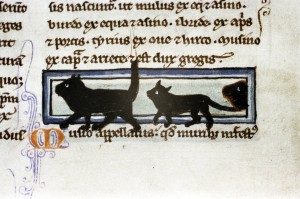
According to Irina Metzler, the reason of this centuries-old aversion to the cat is the independent and free nature of this animal, especially when compared to the faithful nature of the dog. For the medieval man, who believed that animals were created by God to serve and be governed by humans, the cat was an annoying anomaly: however domesticated, it still remained disobedient and unfaithful. In the early 15th century, Edward, Duke of York, well summarized the feelings of the people of his time: “Their falseness and malice are well known. But one thing I dare well say that if any beast has the devil's spirit in him, without doubt it is the cat, both the wild and the tame”.
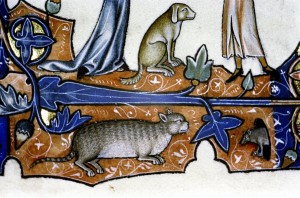
If their role of “living mouse traps” was generally accepted, cats were still considered “intruders” in human society, since they had no real owner, they sneaked in and out like mice and they were indifferent to humans. So, there was a sort of conceptual tension regarding them. When cats perform their task of hunters, they are useful, but even so they are never considered “pets”, neither friends of humans nor part of the family. In short, the nature of felines may recall the condition of the heretics, who are resistant to the attempts of religion to tame them: they challenge the orthodoxy of doctrine and, like cats, jump here and there in their interpretation of religious beliefs. For this reason, from a symbolic point of view, cats can be considered the heretical animal par excellence.
However, not everyone in the Middle Ages hated cats: in the Islamic world, for example, cats were really appreciated, we need only think of the cities in the Middle East where there were associations for the care of street cats. This special affection stems from tradition: in fact, according to some ancient tales, Muhammad loved cats and treated them well, and so did other Muslim prophets. What is more, this animal brings with it a cultural and symbolic meaning: in fact, its special care for cleaning made him stand out from other creatures. A European pilgrim, returning from a trip to the Middle East, identified in the love for cats one of the most profound differences between Muslims and Christians, claiming that “they like cats, we like dogs”.
Source: Medievalists.net
Folia Magazine wishes all of you the happiest of Holidays with this delicate,…
The cover page of the Paradiso displays an architectural structure that is complex…
As the three poets continue their journey through Purgatory, they reach the sixth…
